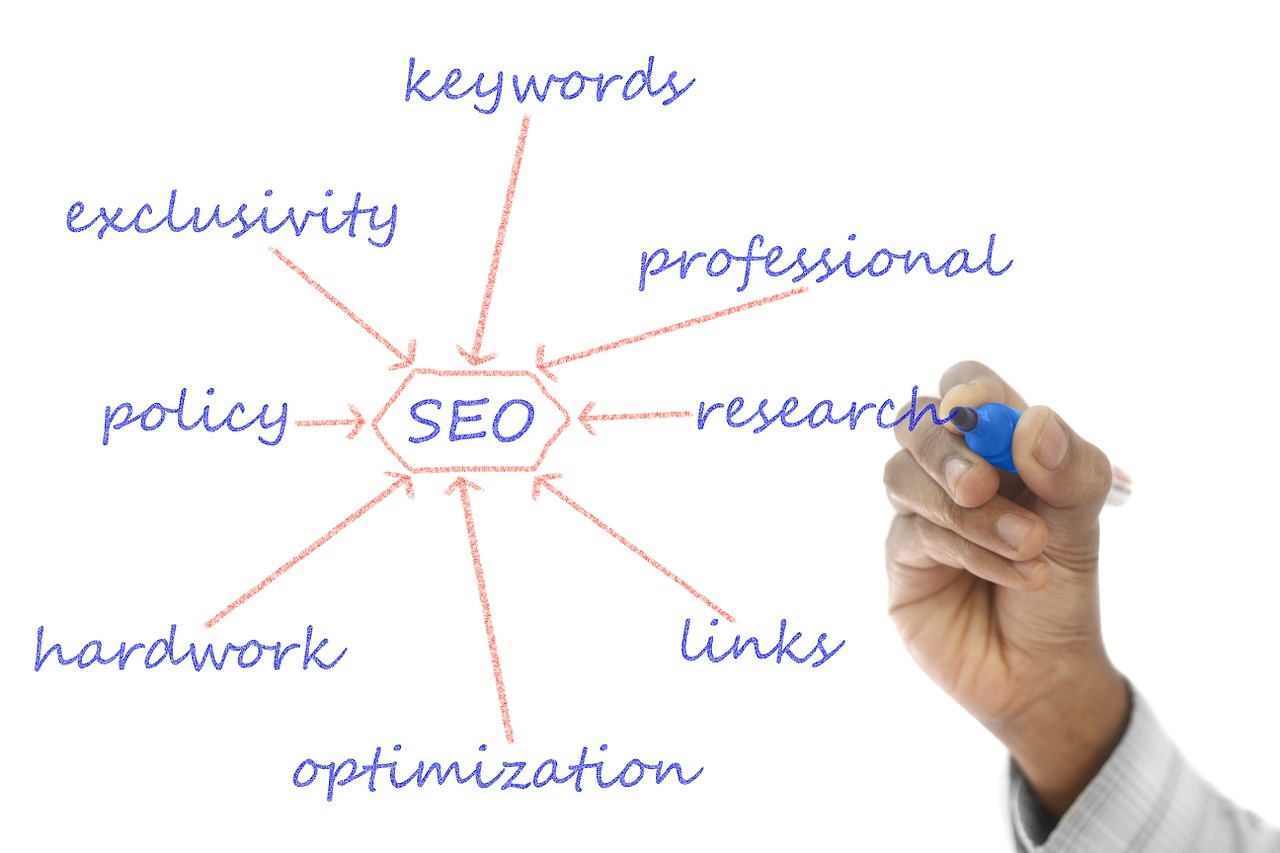Search Engine Optimization (SEO) is the process of improving the quality and quantity of website traffic to a website or a web page from search engines.
Here are a few techniques for SEO that’ll help you in driving more visitors and high intent customers to your website.
-
Keyword Research:
Keyword research is a practice Search Engine Optimization (SEO) professionals use to find and research search terms that users enter into search engines when looking for products, services or general information. Keywords are related to queries, which are asked by users in search engines.
Is the process by which you research popular search terms people type into search engines like Google, and include them strategically in your content so that your content appears higher on a search engine results page (SERPs).
Keyword research is basically choosing a topic for your content that is focused on a set of targeted keywords that you want your content to rank for.
-
Content Optimization:
Content optimization is the process of making sure content is written in a way that it can reach the largest possible target audience. The process of optimizing content should include making sure associated keywords are present, adding meta and title tags, and relevant links.
Is the process of making sure that your content is written in a way that it can reach the largest possible target audience and making sure that your content is relevant to your targeted audience.
You have to make sure that:
i). Associated keywords are present naturally in your content.
ii). You add meta and title tags.
iii). You have relevant links ie. Links that link to pages with even more relevant or similar content.
-
URL Structure Optimization:
When you optimize your URLs for people you also make it easier for search engine bots to crawl and index your website to provide relevant content to searchers. URLs are a ranking factor in Google. This means optimized URL structures promote Google PageRank (PR).
It is a technique/process under which we optimize the URL Slug Structure of a web page in order to make the web page more understandable by the search engine crawlers that further help with better SEO rankings in the SERP
URL structures tell Google what different pages of your website are about and how they relate to each other.
-
Internal Linking:
An internal link is a type of hyperlink on a web page to another page or resource, such as an image or document, on the same website or domain. Hyperlinks are considered either “external” or “internal” depending on their target or destination
Have links that link to pages within your website.
-
H1 Tag On The Webpage:
HTML heading tags are used to format headings on your page in order of importance. The H1 tag is the one that comes first and shows search engines what content can be expected on the rest of the page. To expand a little on what an HTML tag is, HTML (Hypertext Markup Language) is a language used to create websites
H1 tags help your users to know what the most important text on a page is. They are the most visually notable content on the page.
-
Update Old Content:
When Search Engines like Google or Bing see that your content is new, you’ll probably get a spike in traffic (not guaranteed as this depends on the quality of the content).
Do this to increase the effectiveness of your SEO efforts and boost your search engine traffic.
By updating your old content, you could get an improved freshness score.
-
Image ALT Tag:
These are also called alt tags and alt descriptions, they are texts that appear in place of an image on a webpage if the image fails to load on a user’s screen. This text also helps screen-reading tools describe images to visually impaired readers and allows search engines to better crawl and rank your website.
-
Title and Meta Description:
They are bits of HTML code in the header of a web page that help search engines understand the content on a page. A page’s title tag and meta description are usually shown whenever that page appears in search engine results.
-
Mobile Optimisation:
This is the practice of optimizing your content for mobile users to achieve a better ranking for your web pages in search engine results pages (SERPs). This process helps you improve organic traffic.
Your website being mobile-friendly is a big factor considered by Search Engines in website rankings.
-
Quality backlinks:
A quality backlink is a link that comes from high domain authority websites that are well-trusted by search engines and searchers. In other words, not only do the robots like crawlers trust these websites, but actual people also trust these websites.
Having quality backlinks improves the “reputation” of your website and content.
